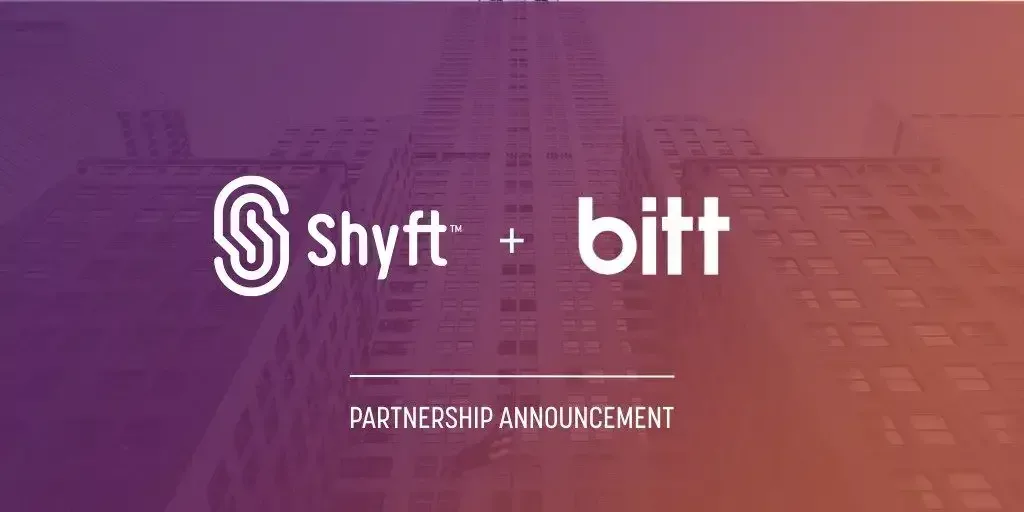Bitt, Central Bank and FSC on right track with Regulatory Sandbox Framework
November 14th 2018 may not seem like a historic day to most, but for those in the Digital Currency world, it was seen as a watershed moment, as the Managing Director of the International Monetary Fund stated at a Fintech forum in Singapore “I believe we should consider the possibility to issue digital currency. There may be a role for the state to supply money to the digital economy. This currency could satisfy public policy goals, such as (i) financial inclusion, and (ii) security and consumer protection; and to provide what the private sector cannot: (iii) privacy in payments.”
On its own initiative, and before this recent recommendation on Central Bank Digital Currencies (CBDC) from the IMF, the Central Bank of Barbados and the Financial Services Commission (FSC) established a Regulatory Sandbox Framework and the first participant in that Sandbox is Bitt Inc. This follows the Honourable Prime Minister Mia Amor Mottley’s announcement at Bitt’s annual Central Bank Meets Blockchain conference in September 2018, of an mMoney pilot. [ mmoneybb.com].
In the November 2018 official IMF Staff Discussion Note titled “Casting Light on Central Bank Digital Currency”, Bitt was featured among a short list of financial technology (FinTech) companies that are providing digital payment solutions to boost financial inclusion in their respective jurisdictions. Bitt, the only FinTech company currently servicing the Caribbean, was mentioned in the IMF Staff Discussion Note, as utilising the ‘stored value facilities’ model to create a CBDC.
The IMF Staff Discussion Note also stated that the establishment of a CBDC is a possible and “potentially close to risk-free” starting point for countries interested in exploring Fintech solutions aimed at boosting financial inclusion, greater efficiency, and transparency. Listed among the benefits of developing a CBDC are increased security and greater financial inclusion. However, each Central Bank must consider its country’s cultural factors and conduct SWOT (Strengths, Weaknesses, Opportunities, Threats) analyses to determine the best framework for mass adoption.




